On what he called “Liberation Day,” President Trump announced a new tariff schedule. While the markets had been up in anticipation, they are down sharply, with the Dow dropping 2,200 points, perhaps surprised by the extent of them. Basically, Trump has laid tariffs equal to about half what other countries charge on US exports, inviting them to lower theirs in exchange for reciprocity.
What the final result will be is anyone’s guess, for the Trump tariffs are chips in a high-stakes game of international poker. They have already had an effect. Canada has promised retaliatory tariffs while Israel has dropped all tariffs on US goods.
A tariff is a tax laid on goods passing through a port. Many countries tax exports as well as imports, but the United States does not as export duties are forbidden by the Constitution.
Tariffs are among the most ancient of taxes because they were always easy to collect (although, inevitably, they produced extensive tax evasion efforts as well: smuggling).
In the early days of the United States they were one of the two main sources of federal revenues, along with excise taxes on such commodities as alcohol and tobacco.
But they have also played another purpose as well: protecting domestic industries from foreign competition. In the post-Civil War era, steel was a brand new industry thanks to the Bessemer process, invented in Britain, that reduced production costs by at least an order of magnitude. The nascent, and therefore less efficient, American steel industry was soon protected by high tariffs.
But a high tariff not only protects an industry from foreign competition, it also allows domestic manufacturers to charge higher prices.
By 1900, the American steel industry had become so efficient that it was exporting successfully to both Britain and Germany, and the tariffs on steel were reduced.
But protectionism can have very bad effects. In the 1920s, American farmers, who had prospered mightily when Europe had been engulfed in World War One, were suffering both from renewed European agricultural production and from drought. Herbert Hoover, running for president in 1928, promised farmers tariff protection.
In 1930, however, with a deepening recession, the bill to raise farm tariffs turned into a political feeding frenzy as more and more industries demanded protection. The result was the highest tariff in American History. Despite a petition signed by more than 1,000 economists to veto the bill, Hoover signed it.
The result was an unmitigated disaster. Country after country raised their own tariffs in response, and world trade collapsed. The United States saw its exports decline by a staggering 78 percent, to a level lower than what they had been in 1896.
As a result, after World War Two, the United States and other major trading nations signed the General Agreement on Tariffs and Trade in an effort to reduce tariffs and other barriers to international trade, such as quotas and subsidies. (GATT was replaced by the World Trade Organization in 1995, and the WTO has carried on the process of reducing barriers to international trade.)
In meeting after meeting over the next 80 years, barriers were lowered dramatically and world trade exploded. Global trade had amounted to $36 billion in 1929. In 2023 it was $24 trillion. (To be sure, the dramatic drop in shipping costs since the invention of the shipping container in the 1950s has also helped mightily to drive the increase in world trade.)
As the United States had been the only Great Power whose industrial base had been unaffected by the war, it often lowered its own tariffs unilaterally in order to stimulate industrial recovery in other countries.
Today, however, while the disparity of tariffs remain in many cases, the other major industrial powers have fully recovered economically. Trump is right to complain about this anachronism and to do something about it.
Thanks to GATT and WTO, while federal revenues from tariffs had been over 90 percent of total revenues in 1790, today they make up only a few percent.
In a perfect world, comparative advantage alone would determine where goods are manufactured. Countries with limited capital and very low labor costs, for instance, have a big advantage in the production of clothing. That’s why labels on clothing today usually show them being made in such third-world countries as Bangladesh, Cambodia and Nicaragua. Jet aircraft, pharmaceuticals and semiconductors, on the other hand, are manufactured in rich, developed countries such as the United States, France and Taiwan.
And, of course, it is not a perfect world. Major military powers have to keep essential military production within their borders. Even Adam Smith, the father of free trade, called for an exception for defense. And being dependent on adversarial powers for other essentials, such as drugs, is problematic at best.
Faced with the new tariffs, some exporters to the United States will, undoubtedly, simply add the new tariffs to the sticker price, hoping American consumers will pay it. That will drive up inflation. Others will decide to eat at least part of the tariff to maintain volume, as might American importers, which will hurt their profits (and stock prices).
But one thing is sure. As Bette Davis famously said in the classic movie All About Eve, “Fasten your seatbelts, it’s going to be a bumpy night.”



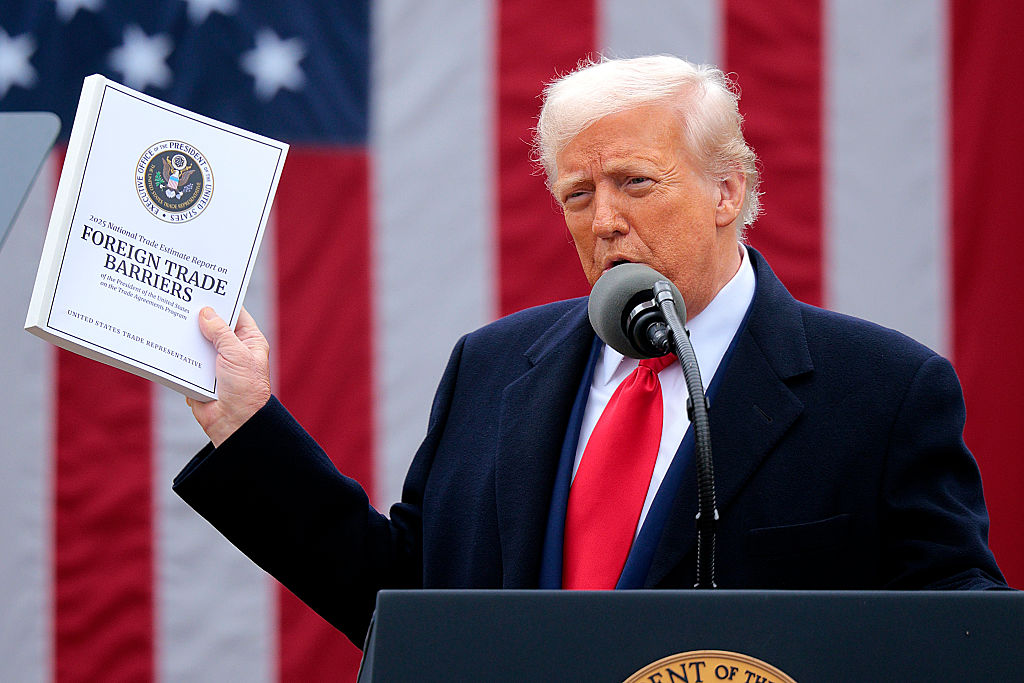








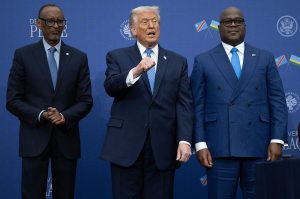

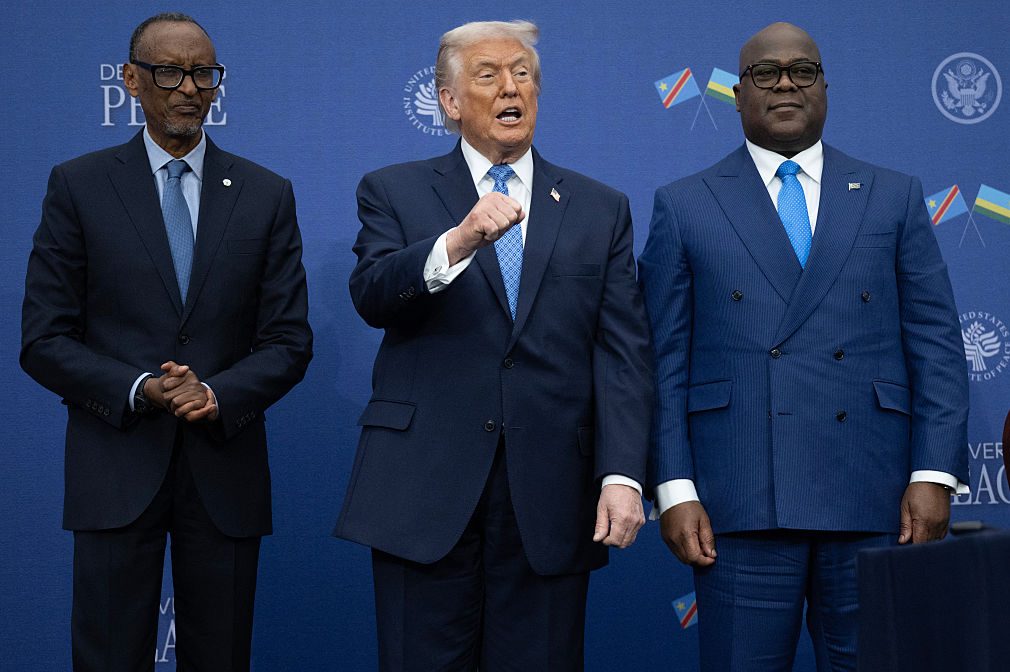
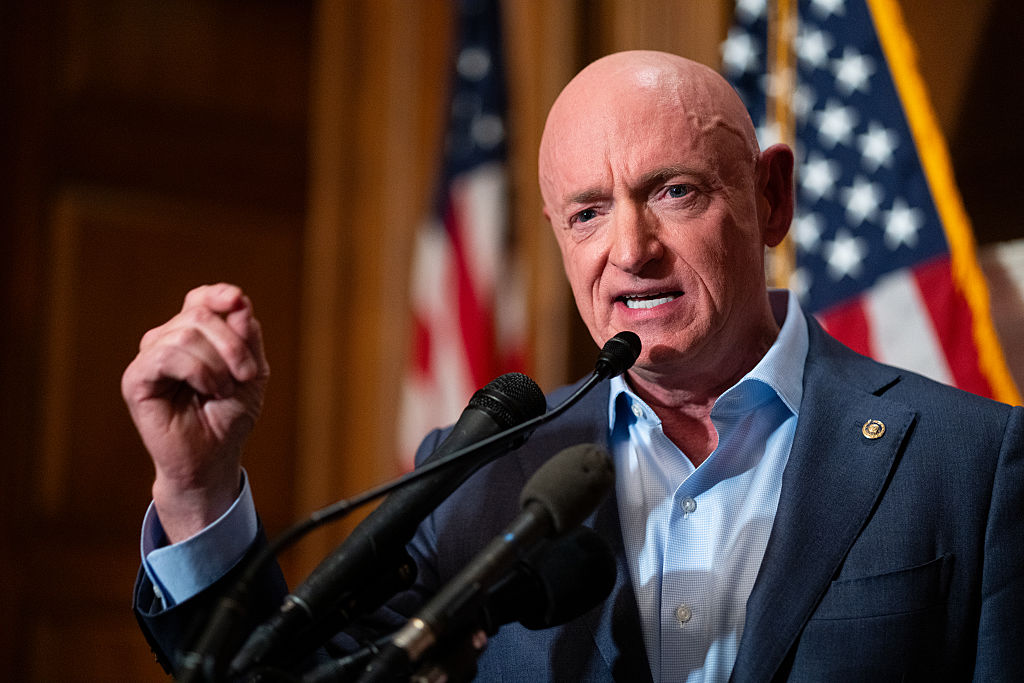
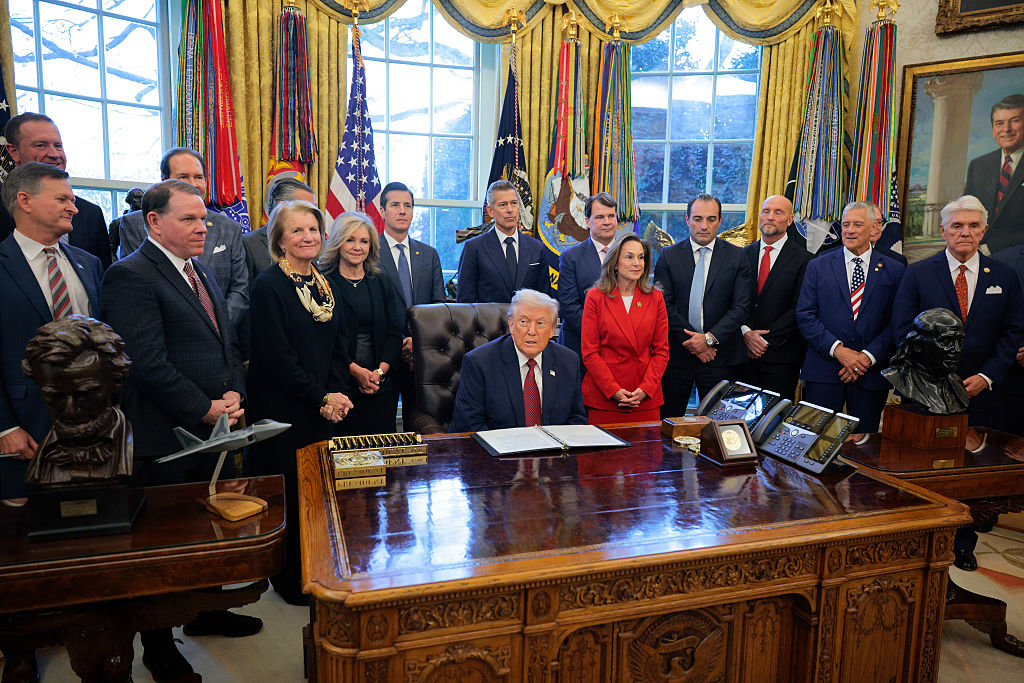



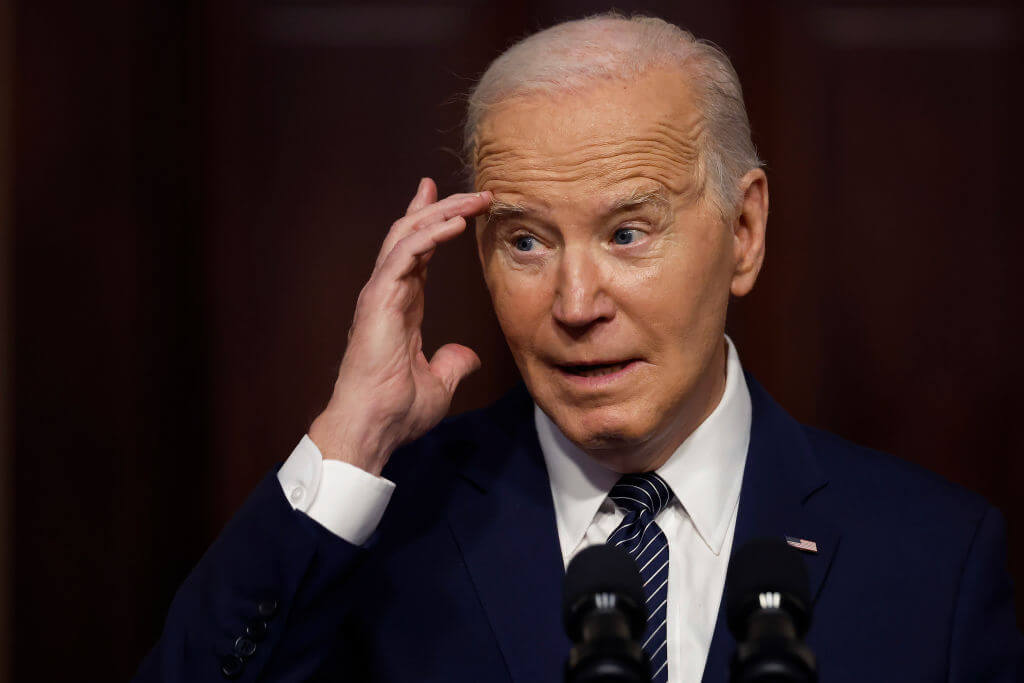



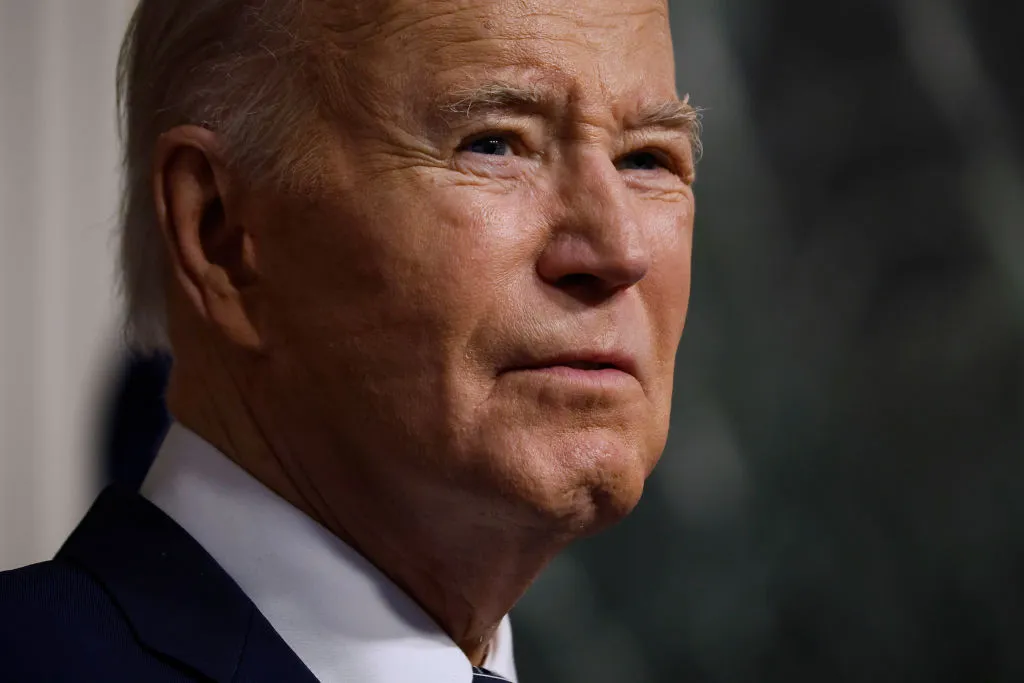

Leave a Reply